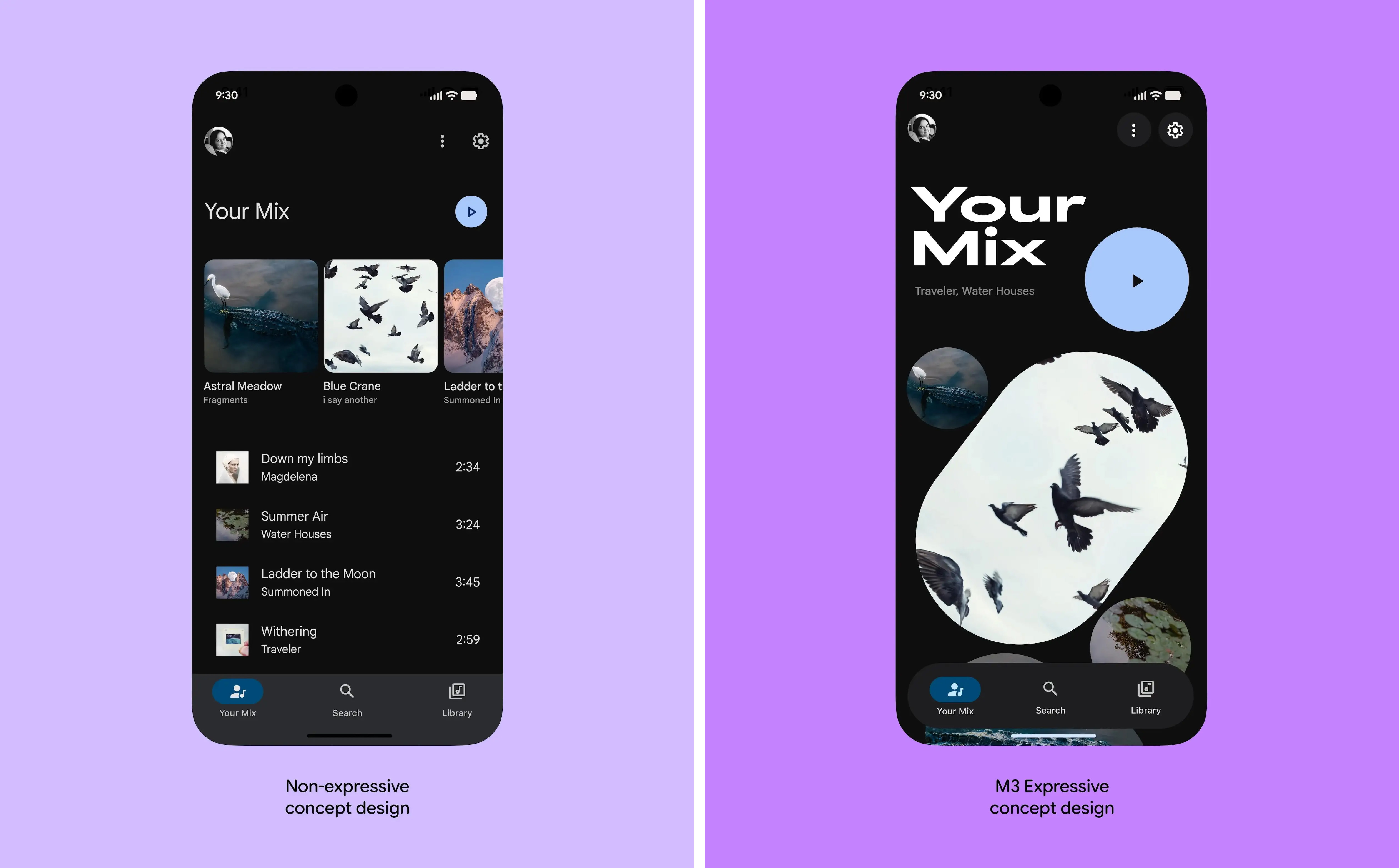-
 chevron_right
chevron_right
Data centers say Trump’s crackdown on renewables bad for business, AI
news.movim.eu / ArsTechnica • 6 May
The US data center industry has warned that the Trump administration’s crackdown on renewable energy could slow its growth and undermine Washington’s goal to win the global artificial intelligence race.
Renewables have become a flashpoint since Donald Trump re-entered the White House, with his administration suspending clean energy developments on federal land, pausing federal loans, and last month canceling high-profile projects such as Equinor’s $5 billion Empire Wind site.
For tech companies struggling to secure reliable energy supplies to power and train AI, a clampdown on renewables could create power bottlenecks, drive up costs, and push operators towards dirtier energy, experts said.



 Material 3 Expressive aims to make the most important things easier to see and tap.
Credit:
Google
Material 3 Expressive aims to make the most important things easier to see and tap.
Credit:
Google